-
Alta Humanoid Petroglyph

There are a few humanoid figures in the north of Norway with spread arms and legs like the one above. A typical interpretation of this type of figure is that of a pregnant woman about to give birth, perhaps seen from above when lying on the ground. But there are several aspects of the figure…
-
Workshop and Melhus Petroglyphs
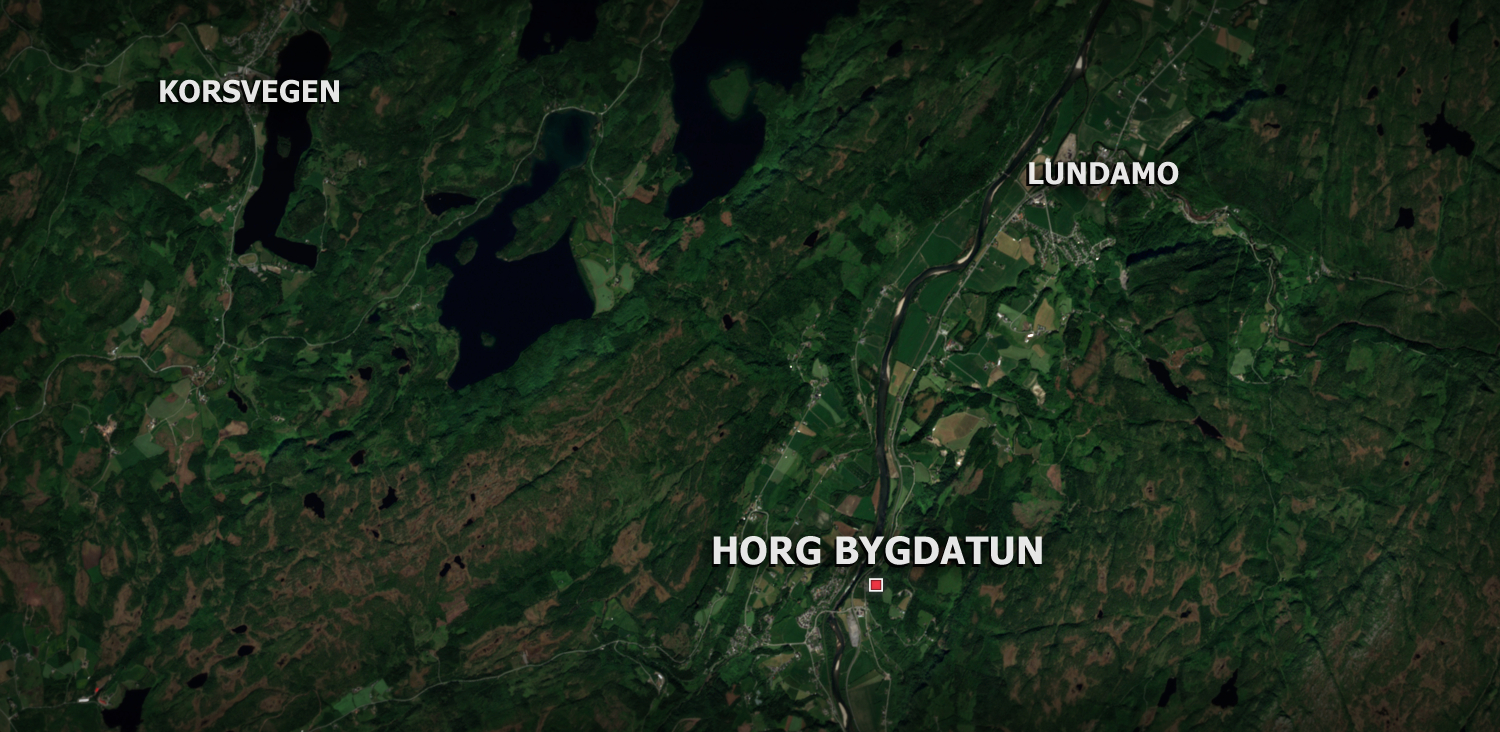
I held a workshop/seminar about interpreting rock art for first year archeology students at Norwegian University of Science and Technology (NTNU) in Trondheim. In the evening I joined the students and teachers on a field trip to Melhus to view petroglyphs after dark. There are several areas with recently found petroglyphs in Melhus in the…
-
Moelv Petroglyphs Part 6

Figure 14 The figure to the left (figure 14) i interpreted as a moose where the internal pattern is a snake with an open mouth inside the stomach of the moose. Why the original artists drew these internal patterns on deer figures is a bit of a mystery. That the artist’s intent was to represent…
-
Vingen Figure Interpretation 1
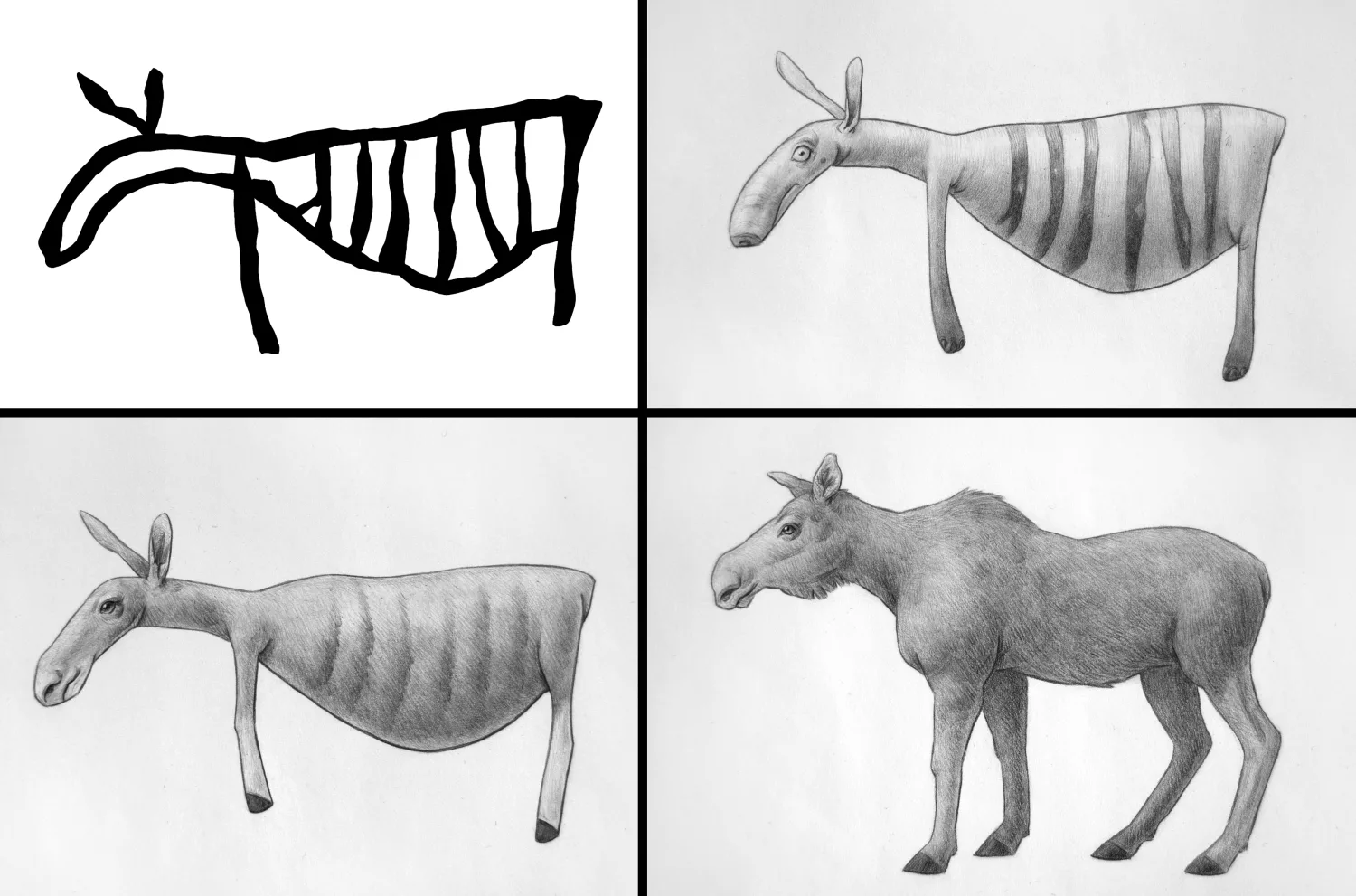
The Vingen rock carvings (Vingenfeltet) are located in Bremanger in Vestland County. It is one of the largest rock carving sites in Norway and the carvings are dated to approximately 4000-3000 BCE during the Nordic Stone Age. I’ve been taking a look at one of many striped mammal figures found at the site. The Figure…
-
Hell Petroglyphs
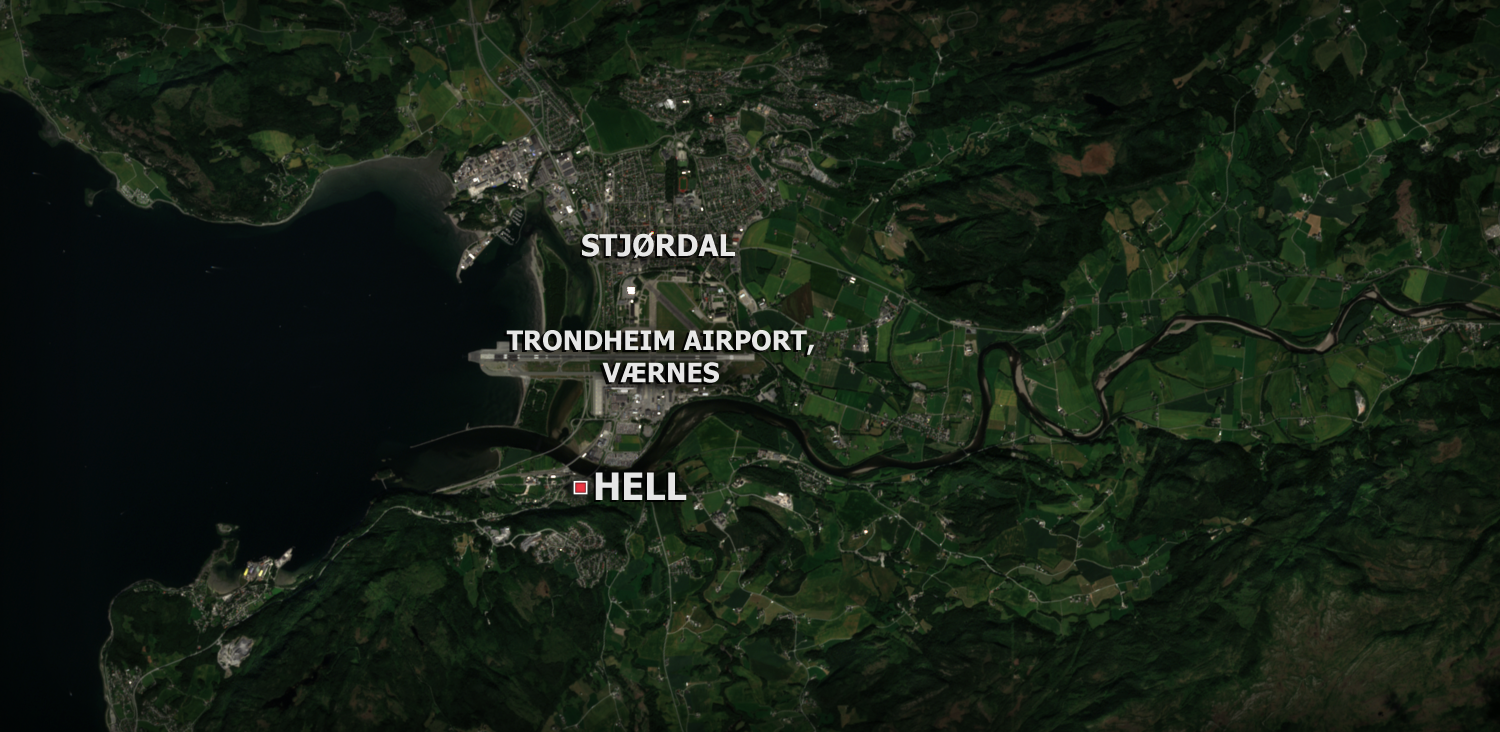
I went on another field trip to look for petroglyphs, and this time the trip went to Hell in Stjørdal. The place is actually named Hell, but it doesn’t necessarily have anything to do with the English meaning of the world hell. Hell means luck (hell og lykke) in modern Norwegian. Hell in Stjørdal probably…
-
Leirfall Figure Interpretation 1
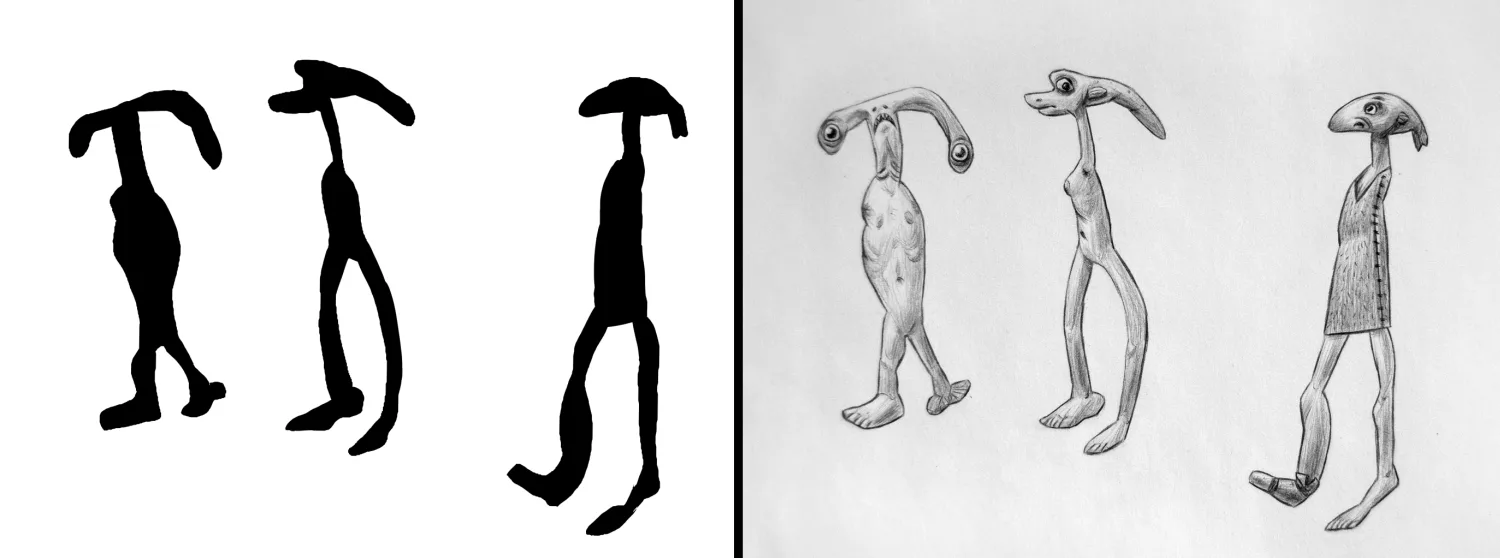
Leirfall is a site with petroglyphs in Stjørdal, Trøndelag, dated to the Nordic Bronze Age (1800 BCE -500 BCE). There are a number of interesting figures at Leirfall, and I’ve started drawing some of them to explore possible interpretations. The Figure To The Left The first drawing here is based on the large humanoid figure…
-
Moelv Petroglyphs Part 5
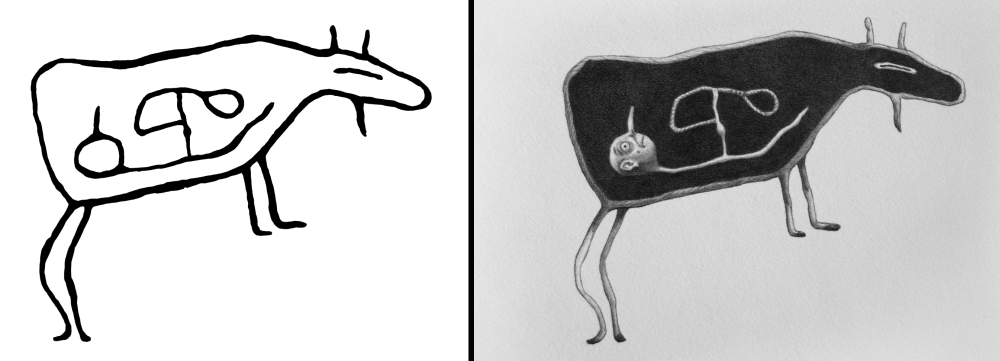
The following figures also has these interval lines that can be difficult to interpret. In the first one I saw that the internal lines could be represented as a person with a long nose holding a bow or noose. Many of the figures at Moelv looks like some form of deer, like moose. In the…
-
Ausevika Petroglyphs
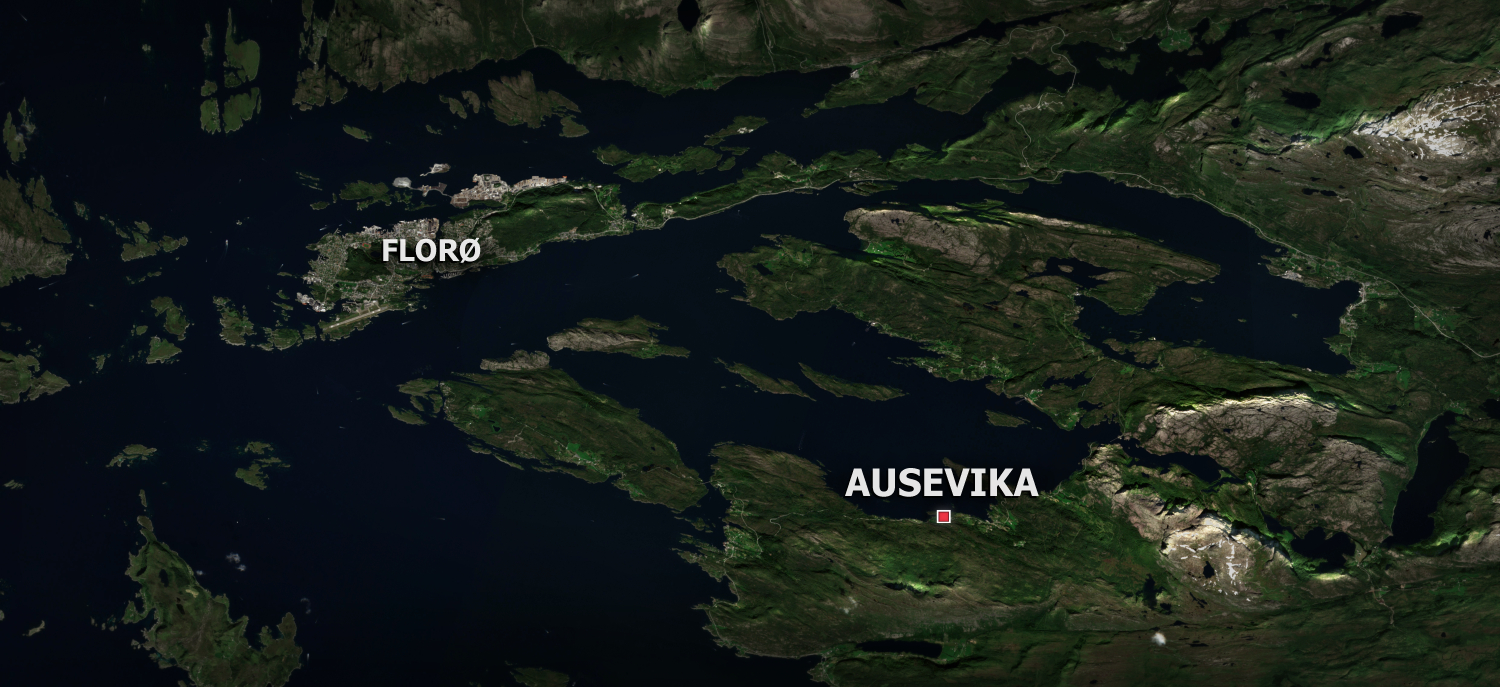
I visited the petroglyphs at Ausevika, which is one of the largest rock carving sites in Norway. Some rock carving fields may be a little disappointing to visit, as they can be hard to reach and then there are only a few carvings to look at. But Ausevika has over 300 carvings with lots of…
-
Salthammeren Petroglyphs
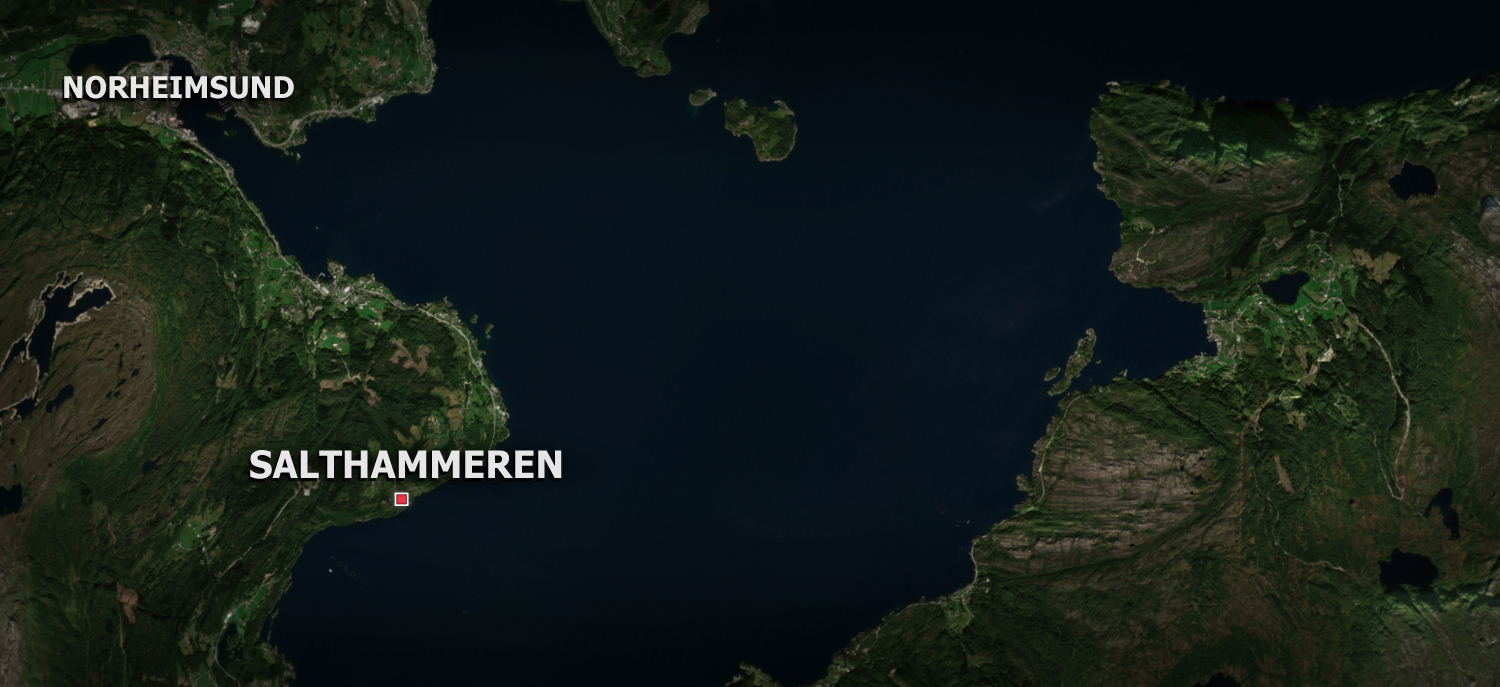
“Salthammeren” (Bokmål) or “Salthamaren” (Nynorsk) is a small petroglyph site in Vangdal south of Norheimsund in Kvam municipality, Vestland County. The “Salt” part of Salthamaren also means salt in Norwegian, and it got this name because there have been found traces of ancient salt production in the area. “Hamaren” refers to the steep rock face…
-
Herand Petroglyphs
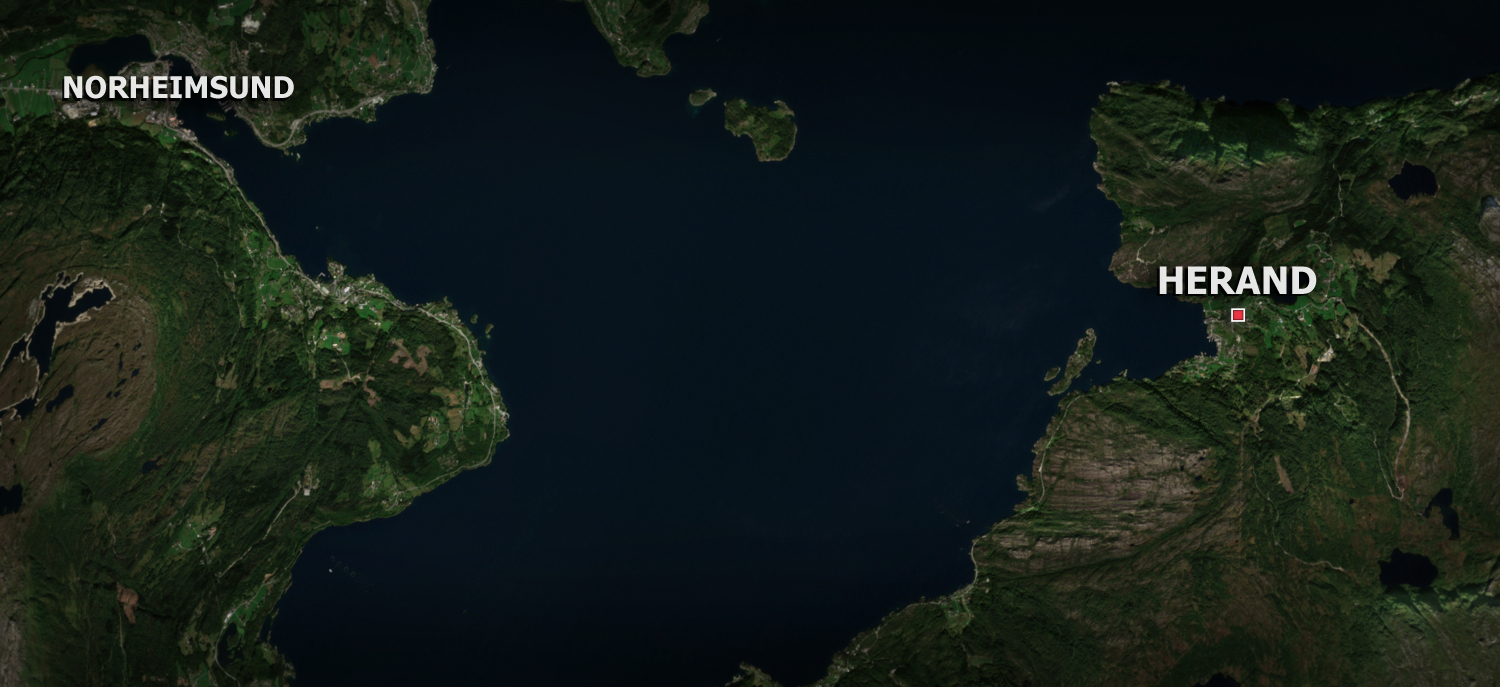
Herand is a small village in Ullensvang municipality, Vestland county. In addition to a site with rock carvings, there is also cultural trail you can follow to learn more about the area and it’s a nice little place to visit. The petroglyphs are typically dated to around 1100 -500 BC in the Nordic Bronze Age,…
